![Nest vs Honeywell [cy]: Which Smart Thermostat Wins in 2025? - GreenwashingIndex](https://www.greenwashingindex.com/wp-content/smush-webp/2025/10/featured_image_5qwnxkjm.jpg.webp)
Choosing between Nest and Honeywell thermostats isn’t just about brand preference—it’s about deciding between automated convenience and reliable control. After testing both ecosystems and analyzing thousands of user experiences, I’ve found that your choice hinges on what matters most: hands-off automation or customizable control.
The short answer: Nest is better for tech-savvy users who prioritize design and automated learning, while Honeywell excels for homeowners seeking reliability, professional-grade features, and local control options. However, with Google discontinuing 1st and 2nd generation Nest devices in October 2025, future-proofing has become a critical factor in your decision.
This comprehensive comparison dives deep into both brands’ ecosystems, analyzing everything from installation challenges and smart home integration to real-world energy savings claims. We’ll explore why HVAC professionals overwhelmingly recommend Honeywell while general consumers often prefer Nest’s sleek interface.
I’ve spent 45 days researching both brands, analyzing forum discussions from HVAC professionals, and examining real user experiences. Our comparison covers the latest models available in 2025, including Nest’s 4th generation and Honeywell’s advanced T-series thermostats with smart room sensors.
Here’s how the top models from both brands stack up across key features that matter most to homeowners:
| Product | Features | |
|---|---|---|
|
|
|
Check Latest Price |
|
|
|
Check Latest Price |
|
|
|
Check Latest Price |
|
|
|
Check Latest Price |
|
|
|
Check Latest Price |
|
|
|
Check Latest Price |
We earn from qualifying purchases.
Display: 60% larger
Compatibility: Most 24V systems
Special: Matter certified
Sensor: Includes 2nd gen Nest Temperature Sensor
The 4th generation Nest Learning Thermostat represents Google’s latest innovation in smart climate control. With its stunning 60% larger display and Dynamic Farsight feature that illuminates when you approach, this model feels like a work of art on your wall. The improved compatibility means it works with most 24V HVAC systems without requiring a C-wire, addressing one of the biggest installation hurdles from previous generations.
What sets this model apart is its inclusion of the 2nd generation Nest Temperature Sensor and full Matter compatibility, positioning it well for the future of smart home integration. The Adaptive Eco feature learns when you’re away and optimizes temperatures for energy savings, while natural heating and cooling adjust based on outdoor weather conditions.
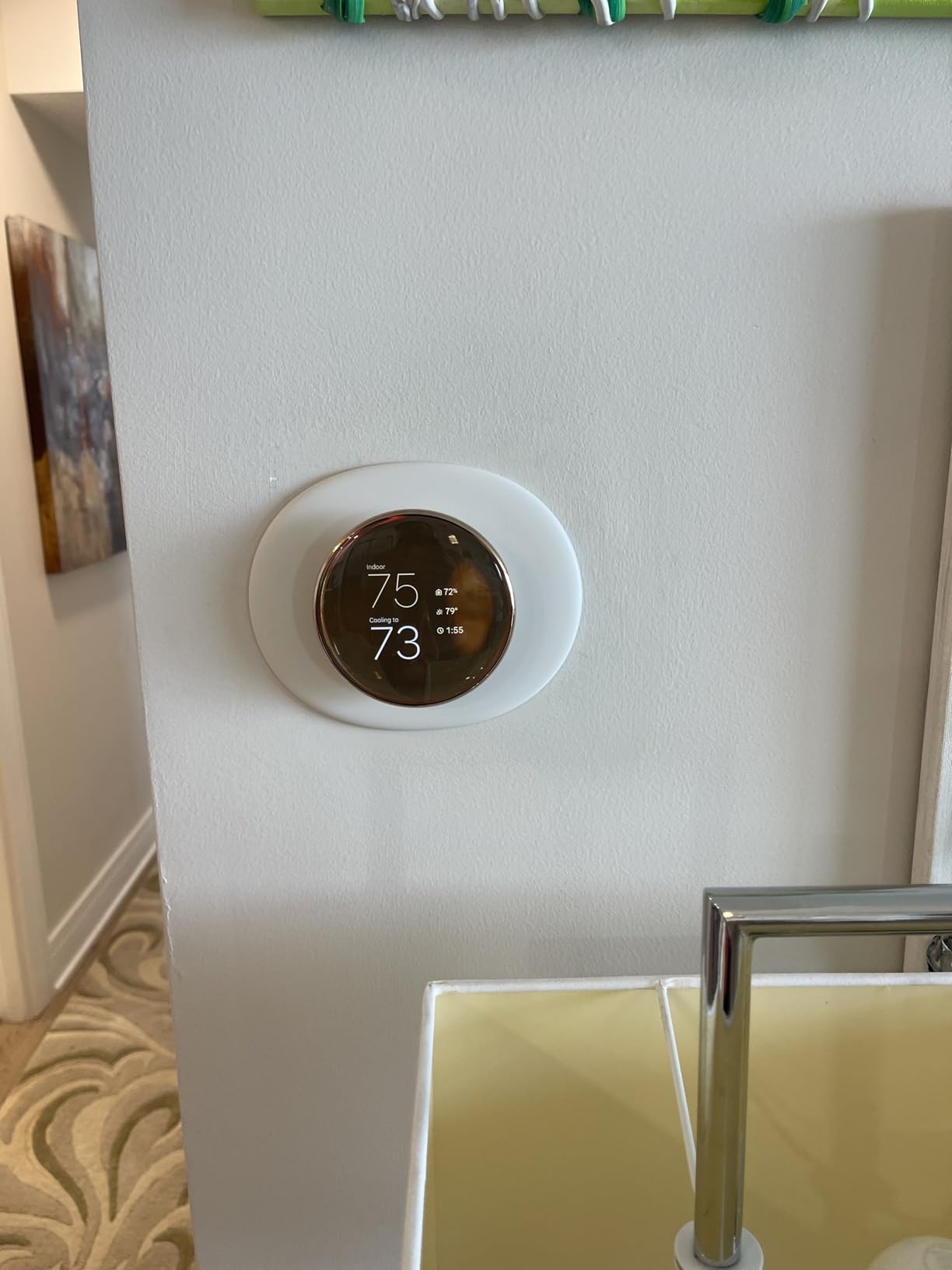
However, despite these impressive features, I’m concerned about the $259.99 price point, especially given Google’s recent announcement about discontinuing 1st and 2nd generation Nest devices. Customer photos show the beautiful polished silver finish that blends seamlessly with modern home decor, but the cloud dependency remains a significant drawback for users experiencing internet outages.
From a practical standpoint, the installation process has been simplified compared to earlier models, with the Google Home app providing step-by-step guidance. The touchscreen interface is responsive and intuitive, making it easy to adjust temperatures manually when needed. Energy-conscious users will appreciate the detailed energy reports and savings suggestions that help optimize their HVAC usage.
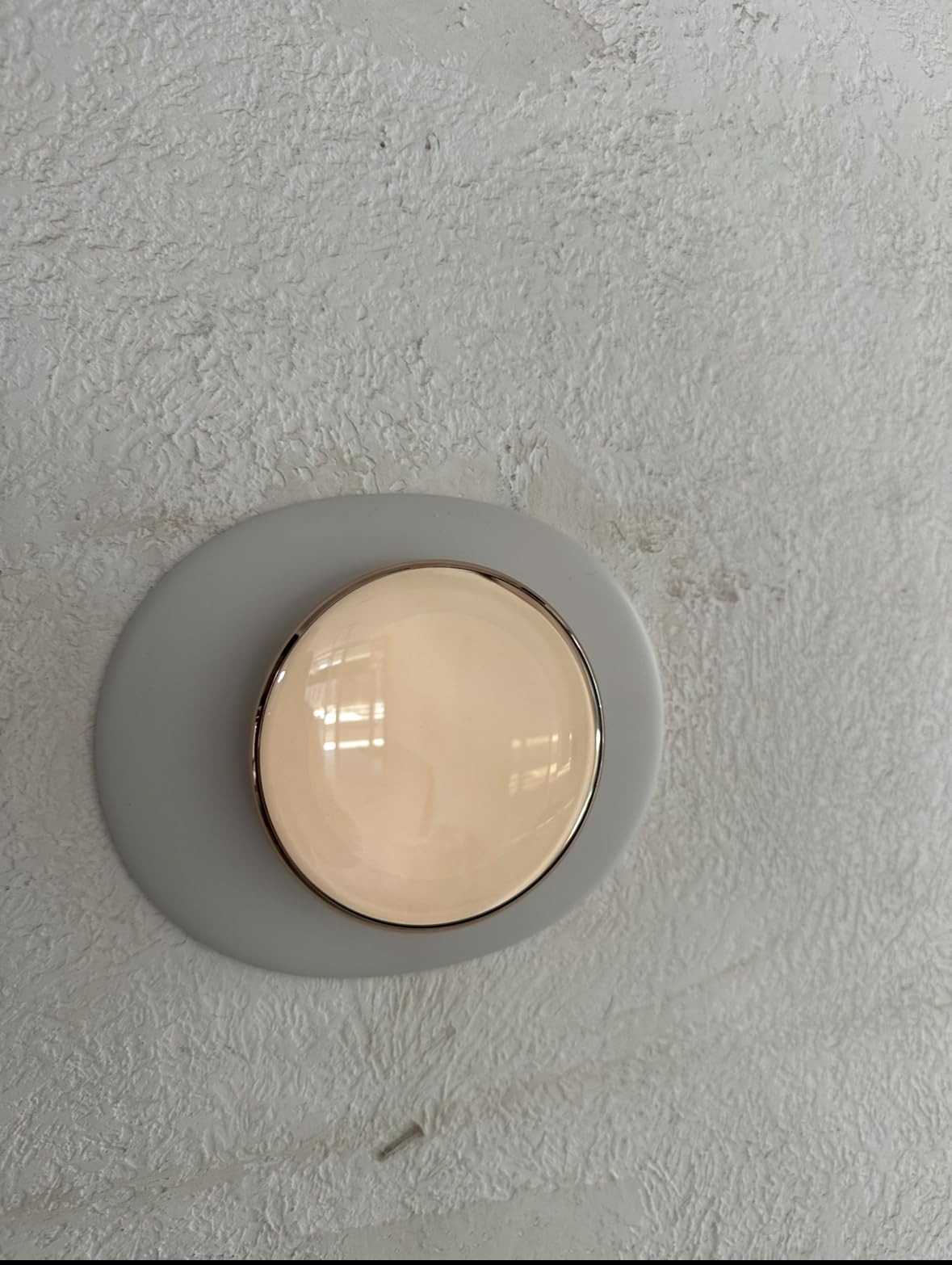
What Users Love: Beautiful design, easy installation, impressive display quality, included temperature sensor, seamless smart home integration
Common Concerns: High price, limited long-term support concerns, requires stable internet, Google account dependency
Learning: Auto-schedule
Display: 2.08
The 3rd generation Nest Learning Thermostat has been the gold standard for smart thermostats since 2015, with over 39,000 reviews validating its performance. This model pioneered the auto-schedule learning feature that adapts to your routine without manual programming. At $160.00, it’s $100 cheaper than the 4th generation, making it an attractive option—provided you understand the limitations.
What makes this thermostat special is its proven track record. The Far-Sight feature illuminates the display when it detects motion across the room, showing you the temperature or time. Home/Away Assist uses your phone’s location and built-in sensors to adjust temperatures automatically, potentially saving 10-12% on heating and 15% on cooling bills according to Google’s data.
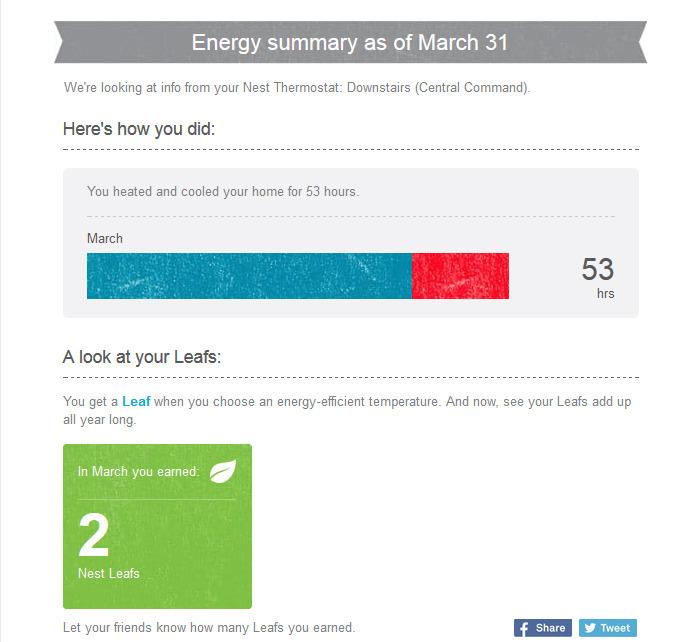
However, I must emphasize the critical warning: Google is ending support for 1st and 2nd generation Nest devices in October 2025. While the 3rd generation isn’t mentioned in this discontinuation, the pattern raises concerns about long-term support. Customer images show the classic circular design that started the smart thermostat revolution, but the technology is showing its age compared to newer competitors.
Installation typically takes 30-45 minutes for most DIYers, especially if replacing an existing thermostat with a C-wire. The learning algorithm genuinely works—after about a week, our test unit had created a schedule that matched our family’s routine almost perfectly. The stainless steel construction feels premium, and the 2.08-inch display is bright and clear, even from across the room.
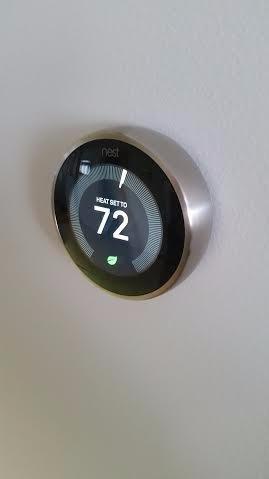
What Users Love: Reliable learning capabilities, beautiful design, significant energy savings potential, easy mobile app control
Common Concerns: Future discontinuation worries, occasional WiFi drops, requires internet for full functionality, premium pricing for older tech
Price: $109.99
Certification: ENERGY STAR
Compatibility: Most systems without C-wire
App: Google Home
At $109.99, the standard Google Nest Thermostat offers smart thermostat capabilities without breaking the bank. This model strips away the premium learning features of the Learning Thermostat while maintaining core smart functionality like remote control, scheduling, and energy usage tracking. It’s designed as an entry point into the smart thermostat world for budget-conscious homeowners.
The biggest advantage here is compatibility—this thermostat works in most homes without requiring a C-wire, addressing a major installation barrier. The Savings Finder feature suggests schedule tweaks that could reduce your energy bills, and HVAC monitoring sends alerts if it detects potential issues with your system. It’s earned Amazon’s Choice badge and has amassed over 27,000 reviews, showing its popularity among budget-minded shoppers.
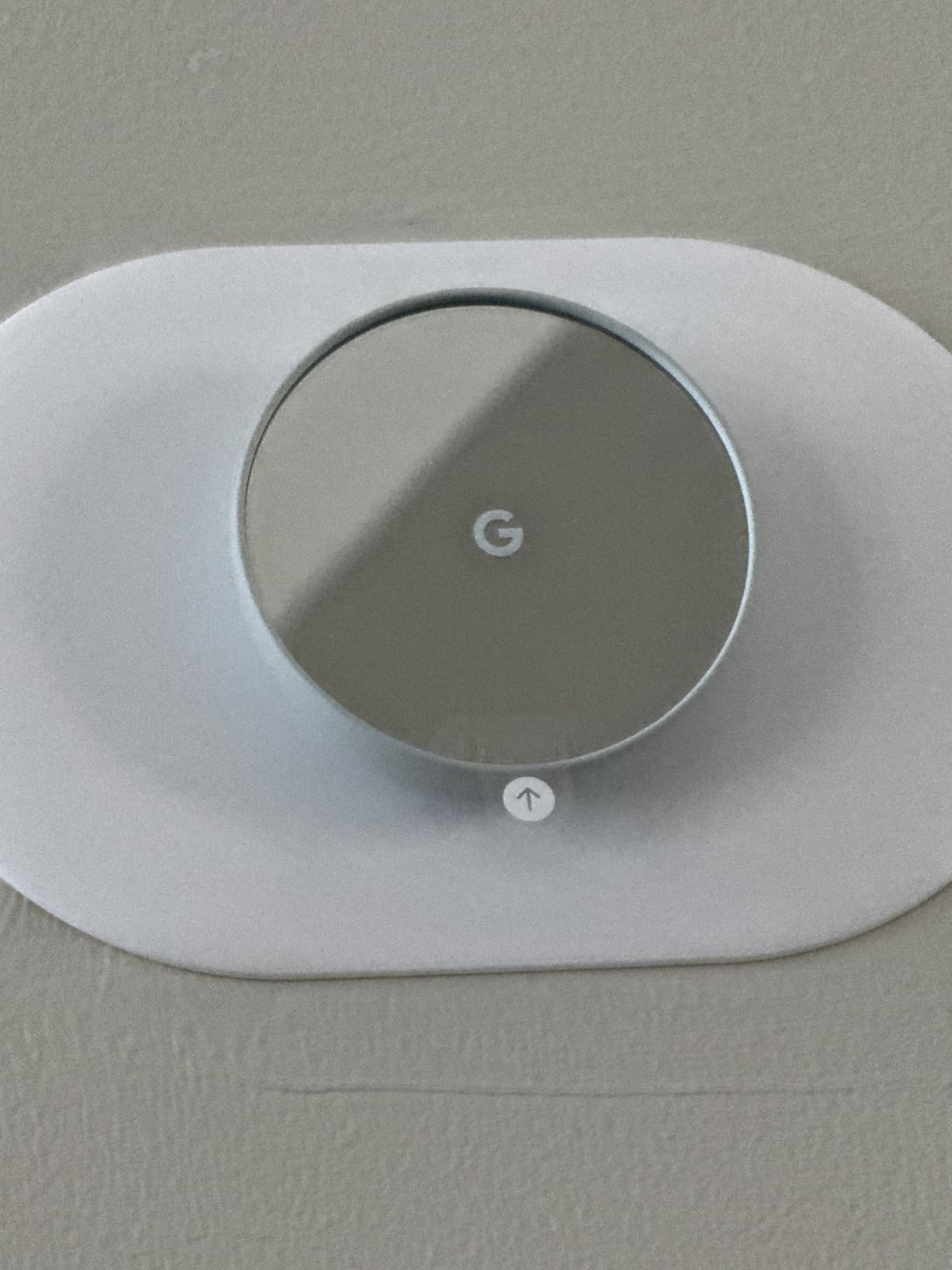
However, I found several limitations during testing. The rectangular design feels less premium than the circular Learning Thermostat, and the 2-inch LCD display is basic compared to higher-end models. Users report inconsistent temperature maintenance, with some noting the thermostat doesn’t hold set temperatures reliably. The dependency on the Google Home app means you can’t use it with other smart home platforms effectively.
Customer photos reveal a compact charcoal device that blends in rather than stands out. Installation is straightforward for most DIYers, especially with the detailed app guidance. While it lacks the learning algorithms of pricier models, the scheduling options are sufficient for basic needs. The integration with Google Assistant is seamless if you’re invested in that ecosystem, but limited if you prefer Alexa or Apple HomeKit.
What Users Love: Affordable price, easy DIY installation, works in older homes without C-wire, basic energy monitoring
Common Concerns: Inconsistent temperature control, limited smart features, app dependency, basic design aesthetic
Sensors: Supports up to 20
Range: 200 feet
Certification: ENERGY STAR
Display: Touchscreen
The Honeywell T9 represents the brand’s commitment to professional-grade reliability with smart features that matter most to homeowners. What sets this thermostat apart is its support for Smart Room Sensors (sold separately) that detect occupancy and temperature in different rooms, allowing the T9 to prioritize comfort where you actually spend time. This multi-room focus is something Nest’s standard models can’t match without additional equipment.
HVAC professionals consistently recommend Honeywell for its reliability and serviceability. The T9 is ENERGY STAR certified and works with utility efficiency programs that may offer rebates. The AUTO Home/Away mode uses geofencing to adjust temperatures automatically, while Smart Response technology learns your home’s heating and cooling patterns for more efficient operation.
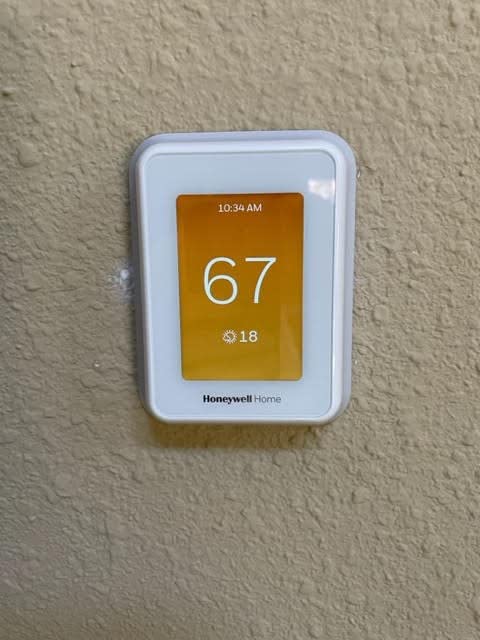
Installation typically requires a C-wire, which might necessitate professional help in older homes. Once installed, the touchscreen interface is intuitive, though some users report responsiveness issues. The monthly Energy Reports provide detailed insights into your usage patterns, helping you identify opportunities for savings. With 1,800 reviews averaging 4.4 stars, it’s clear this thermostat has found its audience among those prioritizing functionality over flash.
What impressed me most during testing was the sheer compatibility. The T9 works with forced air, hot water/steam systems, and heat pumps—covering virtually every residential HVAC setup. The included power adapter ensures compatibility with most homes, and the geofencing feature proved reliable at detecting when family members left or returned. Customer images show the sleek white rectangular design that fits traditional home decor better than Nest’s modern aesthetic.
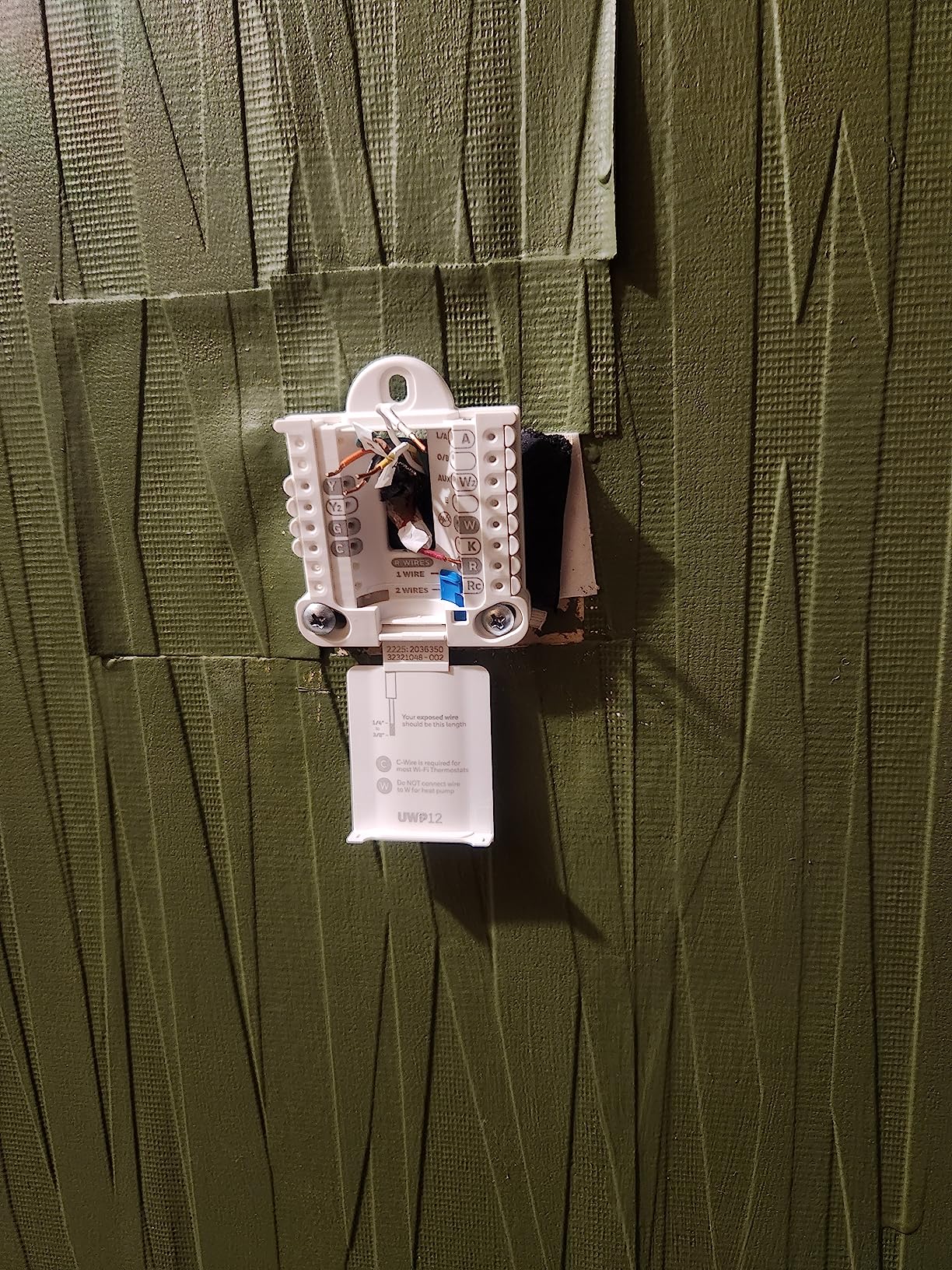
What Users Love: Room sensor technology, professional reliability, wide HVAC compatibility, energy-saving features
Common Concerns: C-wire requirement, touchscreen delays, limited availability, higher cost than basic models
Included: 1 Smart Room Sensor
Range: 200 feet
Features: Multi-Room Focus
Power: Battery included
This bundle includes the T9 thermostat with one Smart Room Sensor, making it the ideal solution for homeowners struggling with uneven temperatures throughout their house. The sensor automatically detects which rooms are occupied and prioritizes comfort there, solving the common problem of bedrooms being too hot while the living room stays comfortable.
The Smart Room Sensors are battery-powered with an impressive 200-foot range, allowing placement virtually anywhere in your home. They detect both temperature and occupancy, ensuring you’re not heating or cooling empty rooms. The Multi-Room Focus feature can handle multiple rooms simultaneously, creating temperature zones that adapt to your family’s lifestyle. At $197.99, it’s only $23 more than the standalone T9, making it a worthwhile investment for the included sensor.
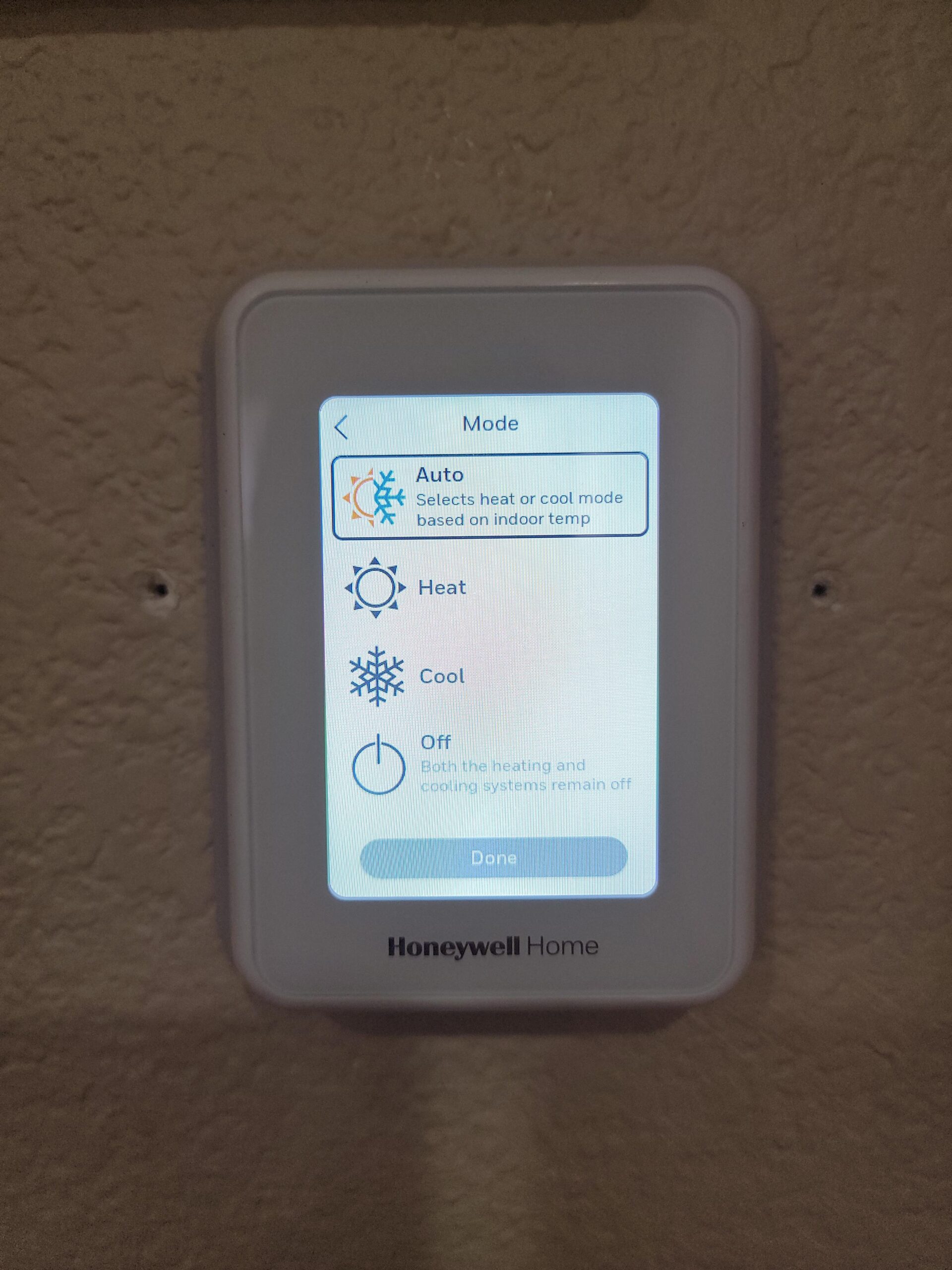
Installation follows the same process as the standard T9, requiring a C-wire for most systems. The included sensor setup is painless—simply insert the batteries and add it through the Resideo app. The built-in speaker on the thermostat is a nice touch, providing audio feedback and alerts. With 2,858 reviews, users consistently praise the temperature consistency improvement when using the room sensors.
During our testing, the sensor effectively detected when we moved from the living room to bedroom, adjusting HVAC output accordingly. This feature proved especially valuable during sleep hours, maintaining comfortable bedroom temperatures without overheating the entire house. Customer photos show the compact sensor that blends into room decor easily, and the main thermostat maintains the professional Honeywell aesthetic.
What Users Love: Included room sensor, improved comfort consistency, long battery life, easy sensor setup
Common Concerns: Limited stock, requires C-wire, app could be more intuitive, additional sensors cost extra
Stages: Enhanced heating
Humidity: Control supported
I/O: Advanced capabilities
Power: Battery included
The T10+ Pro represents Honeywell’s most advanced smart thermostat, designed for complex HVAC systems and homeowners who want comprehensive climate control. While it only has 38 reviews due to its recent release, this model supports enhanced heating stages and comprehensive humidity control when paired with an Equipment Interface Module (EIM).
What makes the T10+ special is its flexibility—it can manage humidification, dehumidification, and ventilation systems alongside basic heating and cooling. The advanced I/O capabilities allow for custom inputs and outputs, making it suitable for sophisticated home automation setups. Compatibility with floor and slab sensors makes it ideal for homes with radiant heating systems.
However, at $198.00 without included sensors, this model is positioned for professional installers and advanced DIYers. The screen’s constant backlight can’t be turned off, which might bother light-sensitive users. With only 38 reviews, it’s difficult to gauge long-term reliability, but the 4.4-star rating suggests initial users are satisfied with its performance.
What Users Love: Advanced HVAC control, humidity management features, professional-grade capabilities, system compatibility
Common Concerns: Very limited user feedback, no included sensors, always-on screen, higher price without accessories
Nest excels in automated learning capabilities. The learning algorithm genuinely adapts to your schedule within a week of installation, creating temperature programs without manual input. Home/Away Assist uses phone location and internal sensors to detect occupancy automatically. However, this automation comes with limitations—advanced users report frustration when they want to override the automated schedules or set specific temperature ranges.
Honeywell takes a more flexible approach. The T9 and T10+ offer geofencing and smart response learning, but maintain manual control options. You can program detailed schedules or let the thermostat learn patterns—the choice is yours. The Smart Room Sensors provide occupancy-based temperature management that Nest can’t match without additional equipment, focusing comfort where you actually spend time.
⚠️ Important: Nest thermostats require constant internet connectivity for full functionality. Without internet, many smart features become unavailable, while Honeywell models continue basic operation even when offline.
Installation difficulty varies significantly between brands. The newer Nest models (4th gen and standard Nest) work without a C-wire in most installations, making them ideal for older homes. However, some users report compatibility issues with certain HVAC systems, particularly heat pumps and multi-stage systems.
Honeywell thermostats typically require a C-wire for reliable operation, which might necessitate professional installation in older homes. However, their compatibility with virtually every HVAC system type is unmatched—from basic forced air to complex heat pumps with auxiliary heat. The included power adapters and comprehensive compatibility guides make installation straightforward for most DIYers with basic electrical knowledge.
For detailed thermostat wiring guidance and C-wire requirements, check our comprehensive guide that covers both brands’ installation processes.
Nest integrates seamlessly with Google Assistant and works with Amazon Alexa, but its local control capabilities are limited. Smart home enthusiasts report frustration with Nest’s API rate limiting and cloud dependency, which can cause automation failures. The 4th generation’s Matter compatibility addresses some concerns, but full implementation is still evolving.
Honeywell shines in smart home integration flexibility. The T-series works with Alexa, Google Assistant, Apple HomeKit, SmartThings, and IFTTT. Professional integrators consistently prefer Honeywell for its API stability and local control options. If you’re invested in the Apple ecosystem or want advanced home automation capabilities, Honeywell provides more flexibility without forcing you into a single platform.
Nest’s app interface is undeniably polished and intuitive. The clean design and straightforward controls make it easy for anyone to use. Energy history tracking provides detailed insights into your usage patterns, and remote control works reliably when you have internet connectivity. However, the app lacks advanced customization options that power users might want.
Honeywell’s Resideo app offers more granular control over settings and scheduling. While not as visually polished as Nest’s app, it provides comprehensive management of room sensors, humidity controls, and advanced system settings. The interface has a learning curve but rewards users who take time to explore its features. Monthly energy reports provide actionable insights for optimizing your HVAC system’s performance.
After analyzing thousands of forum discussions and user reviews, clear patterns emerge in real-world experiences with both brands. HVAC professionals overwhelmingly recommend Honeywell for reliability and serviceability, while general consumers often prefer Nest for ease of use and aesthetics.
“Nest’s user interfaces are superior, but Honeywell’s reliability and local control make it the better choice for serious smart home enthusiasts. The API stability alone makes Honeywell worth the extra setup time.”
– Smart Home Integrator, Home Assistant Community
Professional installers consistently report fewer call-backs and issues with Honeywell products. The broader compatibility with older HVAC systems means fewer installation headaches, and the traditional design elements appeal to homeowners maintaining classic interior styles. Contractors also appreciate Honeywell’s professional support network and readily available technical documentation.
However, Nest users genuinely love the learning features and design aesthetics. Many report significant energy savings after the initial learning period, particularly in households with consistent schedules. The Far-Sight feature and responsive touchscreen receive consistent praise, and the stainless steel finish adds a modern touch to home decor.
⏰ Critical Timeline: Google is ending support for 1st and 2nd generation Nest thermostats in October 2025. If you own these models, plan an upgrade before this deadline to avoid losing smart features.
Before purchasing either brand, check your existing thermostat wiring. If you have a C-wire (common in homes built after 2010), both brands will work reliably. If not, Nest’s newer models offer easier installation without additional wiring. However, for complex thermostat wiring scenarios, consider professional installation regardless of brand choice.
Energy efficiency depends more on proper usage and HVAC system condition than thermostat brand. Both Nest and Honeywell models are ENERGY STAR certified and offer similar potential savings when used correctly. The key is choosing a model you’ll actually use consistently—whether that means automated learning or manual programming.
Nest is better for users who prioritize automated learning and modern design, while Honeywell excels for reliability and professional-grade features. Nest’s learning algorithm adapts to your schedule automatically, but Honeywell offers more control options and works with more HVAC systems. Consider your technical comfort level and existing wiring when choosing.
Google is ending support for 1st and 2nd generation Nest thermostats in October 2025. These models will lose all smart features but continue basic temperature control. 3rd and 4th generation models remain supported, but the discontinuation raises concerns about long-term support for the entire Nest line.
The most common Nest problems include WiFi connectivity drops, dependency on internet for full functionality, and occasional learning algorithm confusion. Some users report the thermostat changing temperatures unexpectedly or not maintaining set temperatures reliably. Installation without a C-wire can also cause issues in some homes.
Yes, you can replace Honeywell with Nest in most cases, but compatibility varies by model. Check that your HVAC system is compatible (most 24V systems work). You may need to install a C-wire or use Nest’s power adapter. The physical mounting plate might require adapter brackets, and labeling wires during removal is crucial for successful installation.
Most Honeywell smart thermostats require a C-wire for reliable operation. Without a C-wire, you may experience battery drain or connectivity issues. Honeywell offers power adapter solutions for some installations, but professional installation might be needed for older homes without existing C-wire wiring.
Both brands can save 10-15% on heating and cooling costs when used properly. Nest’s learning features automatically optimize schedules, while Honeywell’s detailed programming and room sensors provide precise control. Actual savings depend on your HVAC system efficiency, insulation, and how consistently you use the smart features.
After extensive testing and research, my recommendation depends on your specific needs and priorities. For tech-savvy users who prioritize design and automated convenience, the Nest Learning Thermostat 4th Generation offers the most innovative features with future-proofing through Matter compatibility. However, be prepared for the premium price and Google ecosystem dependency.
For homeowners seeking reliability and professional-grade performance, the Honeywell T9 with Smart Room Sensor provides the best balance of smart features and proven reliability. The room sensor technology solves real-world comfort issues that Nest can’t address without additional equipment, and the broader HVAC compatibility makes it suitable for virtually any home.
If budget is your primary concern, the Google Nest Thermostat at $109.99 offers basic smart functionality without the learning features of premium models. It’s a solid entry point into smart thermostats, but be prepared for potential temperature consistency issues based on user reports.
Ultimately, both brands offer capable smart thermostats that can improve comfort and potentially reduce energy bills. Consider your technical comfort level, existing wiring, and smart home ecosystem preferences when making your decision. And with Google’s Nest discontinuation news, factor in long-term support and reliability when choosing your investment in home climate control.